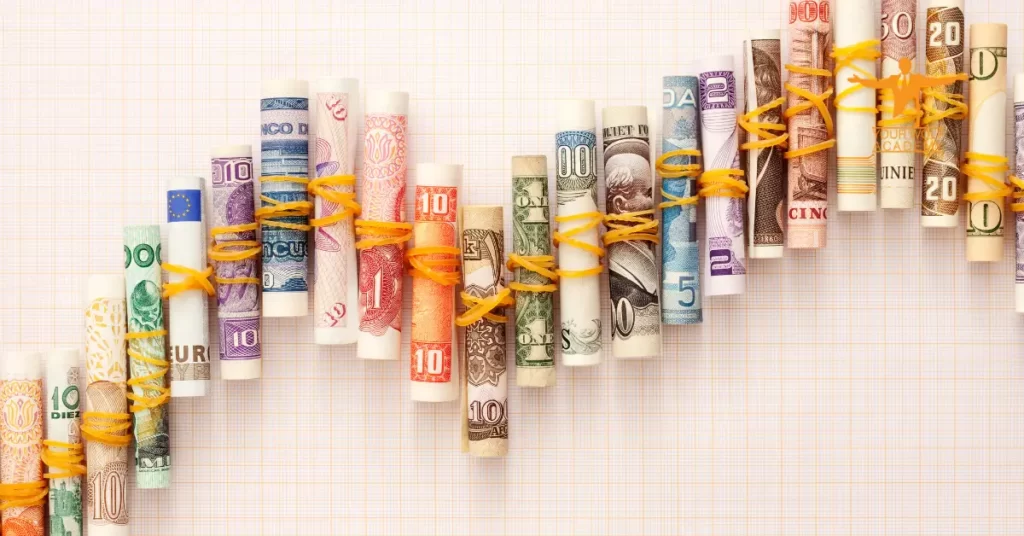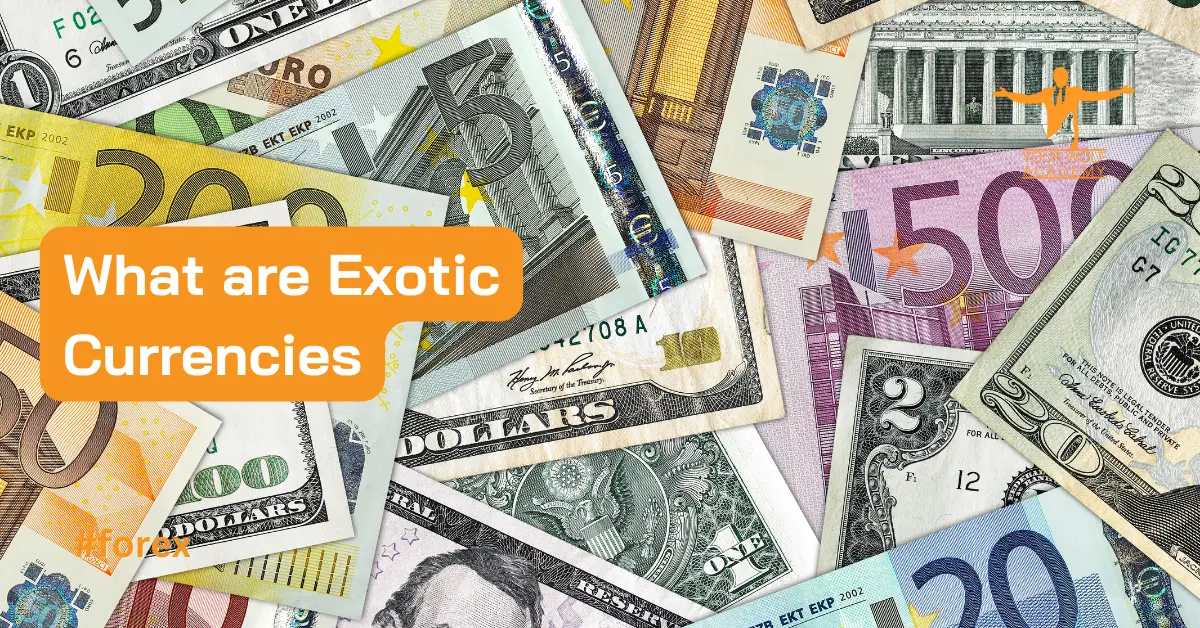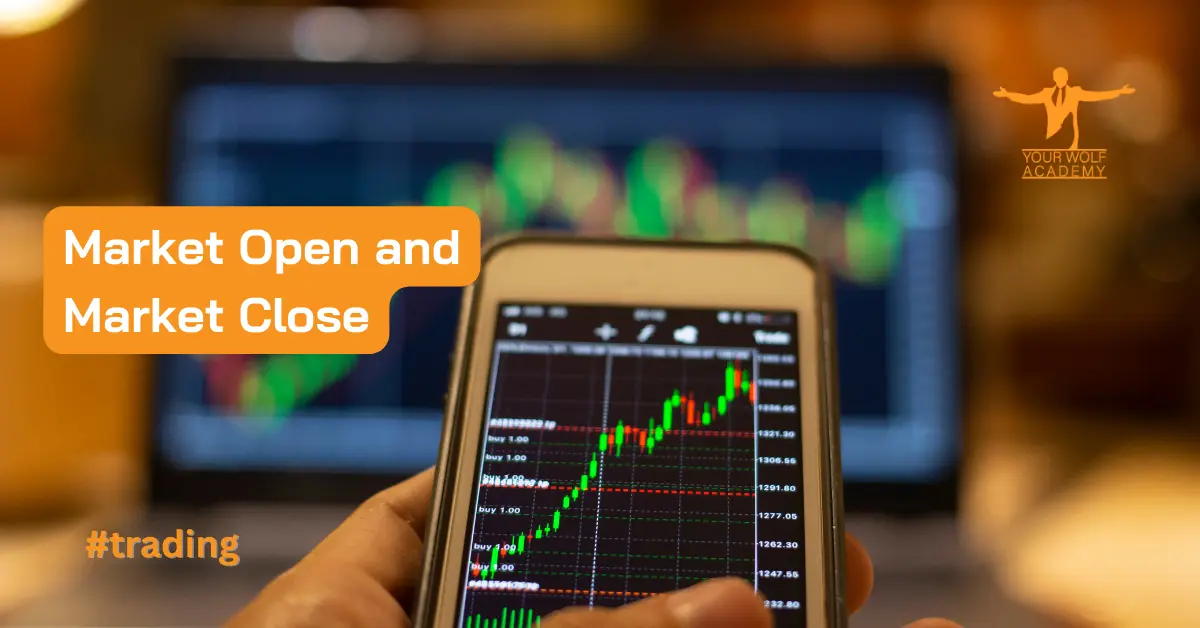The foreign exchange market, or forex, is a decentralized market where currencies are traded. It is the largest and most liquid financial market in the world, with an average daily trading volume of over $6.6 trillion.
While the most commonly traded currencies in forex include the US dollar, the euro, the Japanese yen, and the British pound, there are many other currencies that are considered “exotic.”
Exotic currencies refer to currencies from emerging or less developed economies. These currencies tend to have lower liquidity and higher volatility than major currencies, which can make them more challenging to trade. However, with the right understanding and strategies, traders can find opportunities to profit from trading exotic currencies.
Characteristics of Exotic Currencies
Exotic currencies are typically issued by countries that have smaller economies, lower levels of economic development, and less political stability than major currencies. As a result, these currencies tend to have lower trading volumes and higher volatility, which means that their prices can fluctuate rapidly in response to economic and political events.
One of the main characteristics of exotic currencies is that they tend to be less liquid than major currencies. This means that there are fewer buyers and sellers in the market, which can make it more challenging to find counterparties to trade with. As a result, traders may need to use wider spreads or accept higher trading costs when trading exotic currencies.
Another characteristic of exotic currencies is that they are often subject to higher levels of political and economic risk than major currencies. For example, a country with a high level of political instability may experience sudden changes in its currency’s value, which can lead to significant losses for traders. Similarly, a country with a weak economy may be more susceptible to currency devaluations or other economic shocks.
Exotic Currency Pairs
Exotic currencies are often traded in pairs with major currencies, such as the US dollar or the euro. Some of the most common exotic currency pairs include the USD/MXN (US dollar/Mexican peso), the USD/TRY (US dollar/Turkish lira), and the USD/ZAR (US dollar/South African rand).
When trading exotic currency pairs, it’s important to consider both the characteristics of the exotic currency and the major currency in the pair. For example, if you’re trading the USD/MXN pair, you should consider both the economic and political conditions in Mexico and the United States, as well as any other factors that may affect the value of the Mexican peso or the US dollar.

Risks of Trading Exotic Currencies
Trading exotic currencies can be more risky than trading major currencies due to their higher volatility and lower liquidity. This means that traders may experience larger losses or may have difficulty finding counterparties to trade with.
One of the main risks of trading exotic currencies is political risk. Many countries with exotic currencies are subject to political instability or other risks that can affect the value of their currency. For example, a change in government or a natural disaster can cause a sudden drop in the value of an exotic currency, leading to losses for traders.
Another risk of trading exotic currencies is economic risk. Many countries with exotic currencies have weaker economies than major economies, which can make their currencies more susceptible to economic shocks. For example, a recession or a drop in commodity prices can cause a currency to devalue, leading to losses for traders.
Strategies for Trading Exotic Currencies
Despite the risks involved, there are several strategies that traders can use to trade exotic currencies successfully. Here are some of the most effective strategies:
- Conduct thorough research: Before trading exotic currencies, it’s essential to conduct thorough research on the economic and political conditions in the country whose currency you’re trading. This will help you understand the factors that are likely to affect the currency’s value and make informed trading decisions.
- Use technical analysis: Technical analysis involves using charts and other tools to analyze past market data and identify trends and patterns. This can be particularly useful when trading exotic currencies, as it can help you identify key levels of support and resistance and make more accurate predictions about future price movements.
- Manage risk: Managing risk is essential when trading exotic currencies, as their high volatility can lead to significant losses. Traders should use stop-loss orders and other risk management tools to limit their potential losses and protect their capital.
- Focus on liquidity: While exotic currencies tend to be less liquid than major currencies, it’s still important to focus on liquidity when trading them. Traders should choose currency pairs with reasonable trading volumes and avoid trading during periods of low liquidity, such as holidays or weekends.
Conclusion
Exotic currencies can be challenging to trade due to their high volatility and low liquidity. However, with the right understanding and strategies, traders can find opportunities to profit from trading these currencies.
By conducting thorough research, using technical analysis, managing risk, and focusing on liquidity, traders can increase their chances of success when trading exotic currencies.
It’s essential to remember that trading exotic currencies carries risks, and traders should never invest more than they can afford to lose.
Your Wolf Academy offers a range of educational resources to help traders succeed, including free signals, technical analysis, and weekly webinars. Sign up today and get a recommendation for a regulated brokerage company that suits your needs.


